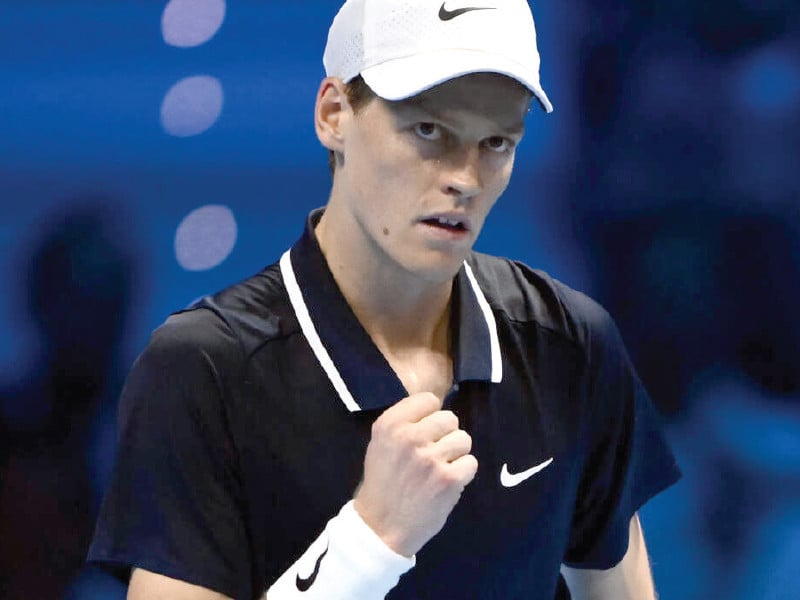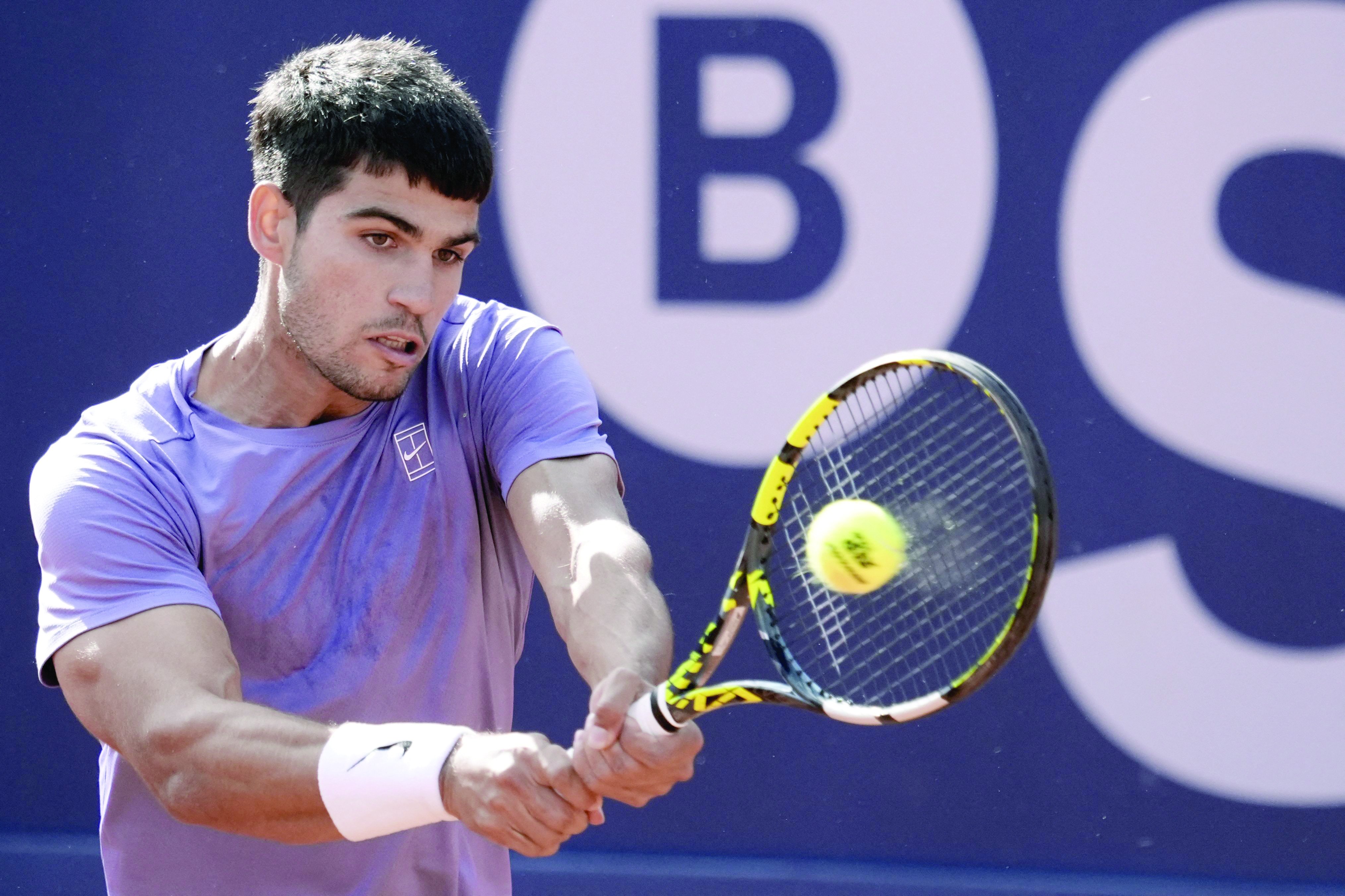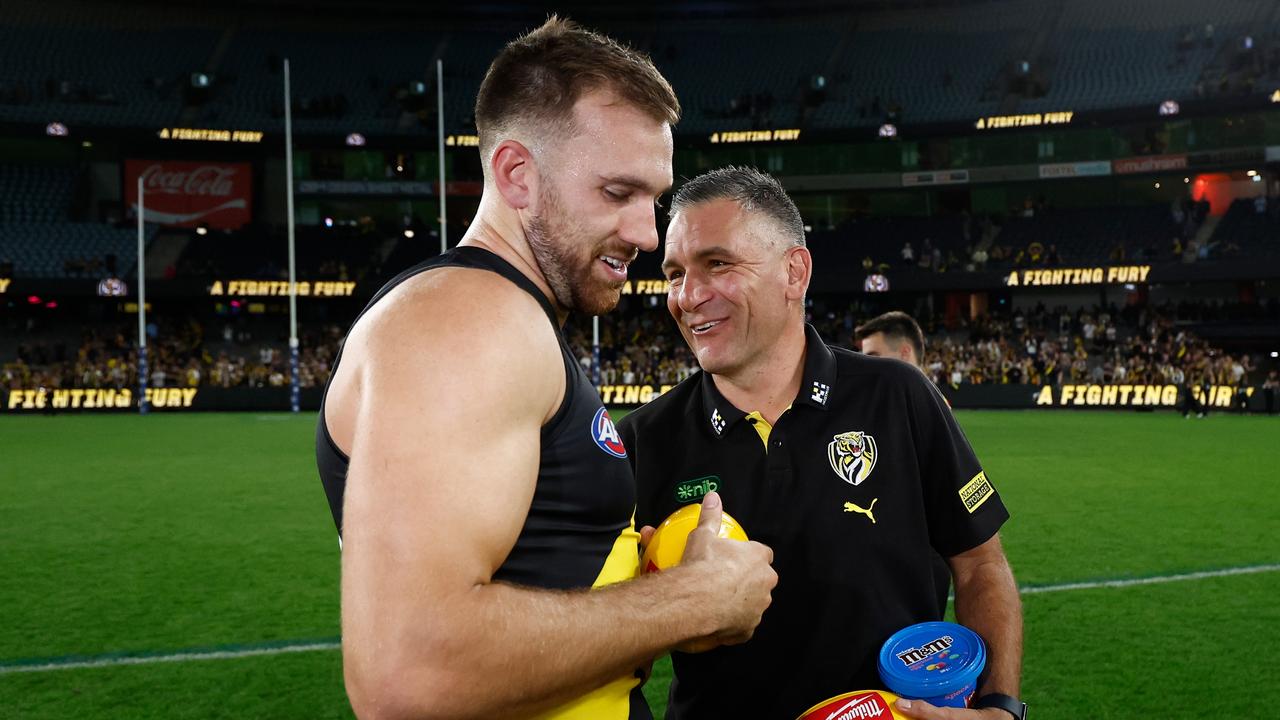‘You gotta be you’: Inside the commentary box with McEnroe and co

There is more to the role than commentary. “You’ve got to be a producer as well. You have to be producing on the run to help these guys build on their content,” Woodbridge says during a 60-second ad-break, as he motions towards the rest of the on-air team. Woodbridge sits on the right of the desk, with two monitors to his side; one showing the vision going live to viewers and another displaying graphics that he can throw to. There is plenty of banter in the box. Credit: Chris Hopkins In front of him is a computer where he writes his own notes and statistics for each match. Details about the players – where they went to school, their parents’ names, their injury history, anything that can help build a profile.Next to him is Hewitt. A former world No.1 and one of Australia’s greatest athletes, Hewitt still looks fit enough to go a couple of sets against one of his old foes. And at the end of the desk is McEnroe. At 1-2 in the first set, Draper unleashes a backhand winner that’s called in, but looks out to the pro-Kokkinakis crowd, which erupts. “Oh, that’s just barely caught the line!” McEnroe says. Woodbridge turns to him: “That’s unlike you, to question a line call, John.” “Exactly, well said,” says McEnroe, deadpan. The seven-time grand slam champion sits back in his chair at the end of the first set and takes off his headphones.Kokkinakis has just won a tie-break. The monitor in front of McEnroe shows that in the 13 games so far against the 15th seed, the Australian has missed just three first serves. “Pwoar, I’ll tell you something guys,” McEnroe says. “That’s one of the best serving sets I’ve ever seen. The question is, can he keep it up?” Hewitt, as if stepping in to a short second serve with his lethal backhand, springs on the question. “If he keeps that up, he can beat anyone.” Thanasi Kokkinakis receiving treatment during his round two match. Credit: Getty Images When the microphones are off, the banter ramps up.Loading When Woodbridge is asked what he talks to the producer about during the match, Hewitt jumps in before he can answer. “We usually think he’s asking them to slip in a promo for [game show] Tipping Point.” McEnroe likes the gag, and slaps the desk as he laughs. Behind the 29 hosts, experts and reporters – or talent, as they are known – are 151 broadcast crew members, who oversee 68 control room screens, control 1232 buttons on the director’s switch panel and pump out an average of 19 hours per day of live TV. Like any good team, the three commentators bring different skills.Woodbridge juggles commentary with the polish of a panel host, prodding his two teammates to extract moments of gold. Hewitt, by his own admission, sees every moment as an opportunity to be a coach. “For me, it’s a hard thing to turn off,” said Australia’s Davis Cup captain. “Especially when it’s guys that you know so well; you’re always thinking about what you’d be telling them if you could talk to them at the change of ends.”And McEnroe? “I think the key is just enjoying it, you know, we’ve got the easy job. You gotta be you,” he says. Loading “You know, I saw my late, great buddy Vitas Gerulaitis, he was doing some commentary, he was enjoying himself, not taking himself too seriously and he knew the game. He was having fun. “I said to myself, if I ever did this, I want to do it like that. And that’s what I try to do. I gotta set up for me. “Obviously American TV is my main job, but to be able to it here in Australia, where people just love sport. They love tennis. It just feels great,” explains McEnroe, 65, who is one of the sport’s straightest shooters.




.jpg)








